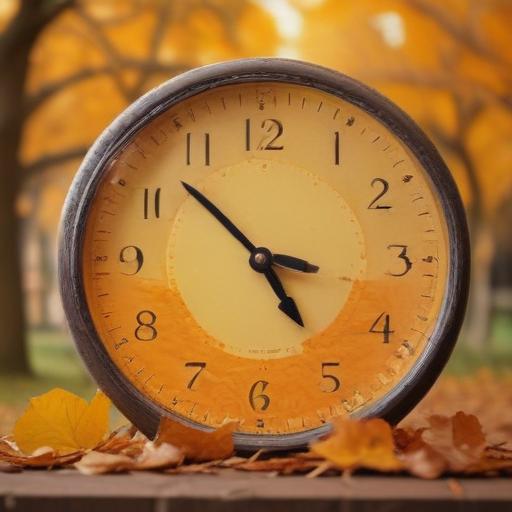Autumn equinox 2025: date, daylight changes and clocks back
The autumn equinox arrives in late September, marking the official start of autumn in the northern hemisphere and a moment when day and night are nearly equal. This year, the equinox falls on September 22, with the moment of equal daylight and darkness occurring in the early evening hours in the UK. The phenomenon is explained by Earth’s tilt on its axis: during the equinox, both hemispheres receive roughly the same amount of sunlight, giving rise to the changing seasons.
Understanding the seasons
– Equinoxes occur twice a year: in spring and autumn, when the Sun illuminates the northern and southern hemispheres equally.
– Solstices, by contrast, mark the peak tilt toward or away from the Sun and signal the beginnings of summer and winter.
– In the UK, astronomical autumn is expected to last about three months, typically ending with the winter solstice in late December. The season often brings unsettled weather, with Atlantic depressions potentially bringing storms and strong gales as the country shifts toward winter.
Clocks go back: when daylight saving ends in 2025
– The clocks are set to go back one hour at 2:00 am on the final Sunday of October, which this year falls on October 26. At that moment, the UK switches from British Summer Time (BST) back to Greenwich Mean Time (GMT), giving shorter days and longer nights.
– Most modern devices—phones, tablets, and computers with internet access—should automatically adjust to the change.
When the clocks go forward again
– The UK will remain on GMT through the winter and return to BST in spring 2026. The transition back to BST happens at 1:00 am on the spring change, when clocks move forward to 2:00 am.
– In this period, the government provides a complete list of upcoming clock changes for those who want to note them in advance.
Why the clock change remains a topic of debate
– Proponents argue that shifting the clocks saves energy, encourages outdoor activity, and can reduce road accidents.
– Critics note darker mornings after the autumn change can pose safety risks and disrupt certain workers.
– The impact of daylight saving varies by location, occupation, and lifestyle, so opinions differ widely across the country.
What this means for you
– If you’re planning outdoor activities, you may notice earlier sunsets and longer evenings after the clocks go back.
– Adjust schedules and routines to account for darker mornings; this can affect commutes, school runs, and morning workouts.
– Check your devices and online services to ensure smooth automatic updates to the new time.
– Consider the potential energy implications and safety considerations, particularly in the weeks following the clock changes.
Summary
Autumn arrives with the equinox in late September, bringing cooler weather and shorter days. The UK’s clocks will fall back on October 26, returning to GMT and giving us longer nights. Daylight saving will resume in spring 2026, when clocks move forward again. Whether you welcome the extra daylight in the evenings or the darkness of the mornings, it’s a good time to plan ahead, enjoy autumn activities, and prepare for the seasonal shift. If you’d like extra tips on adjusting routines or making the most of the seasonal change, I can add a quick, practical guide.
